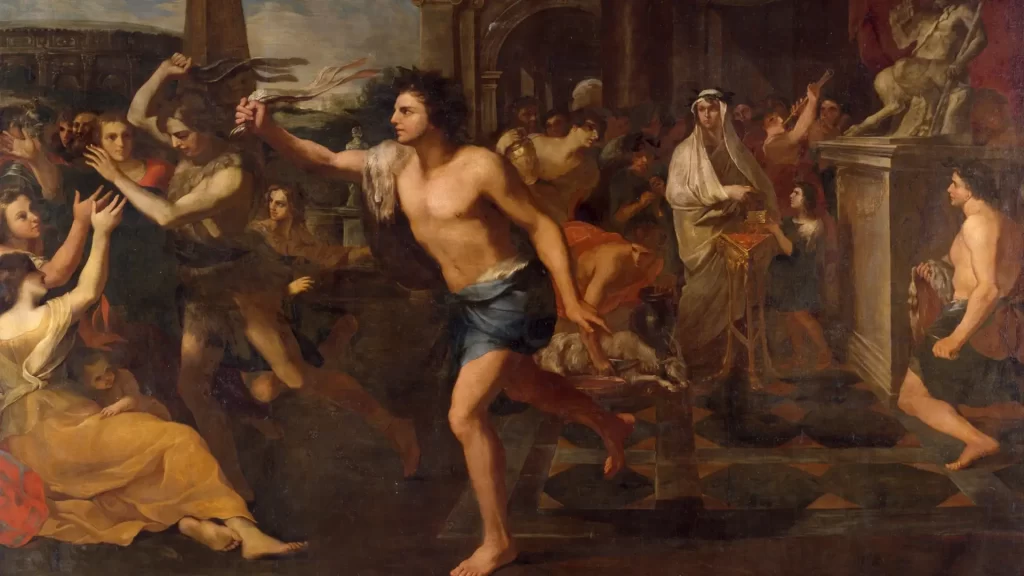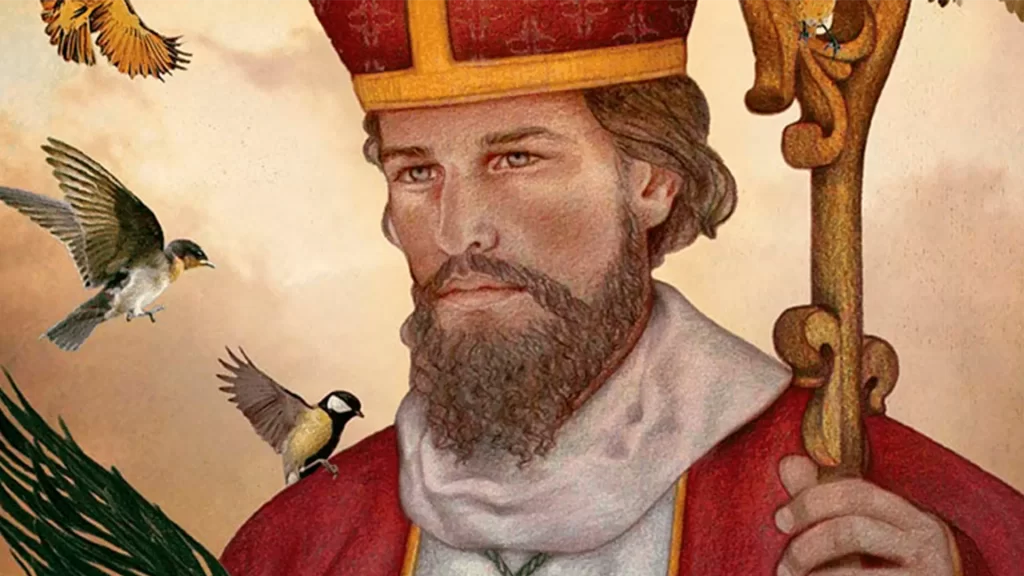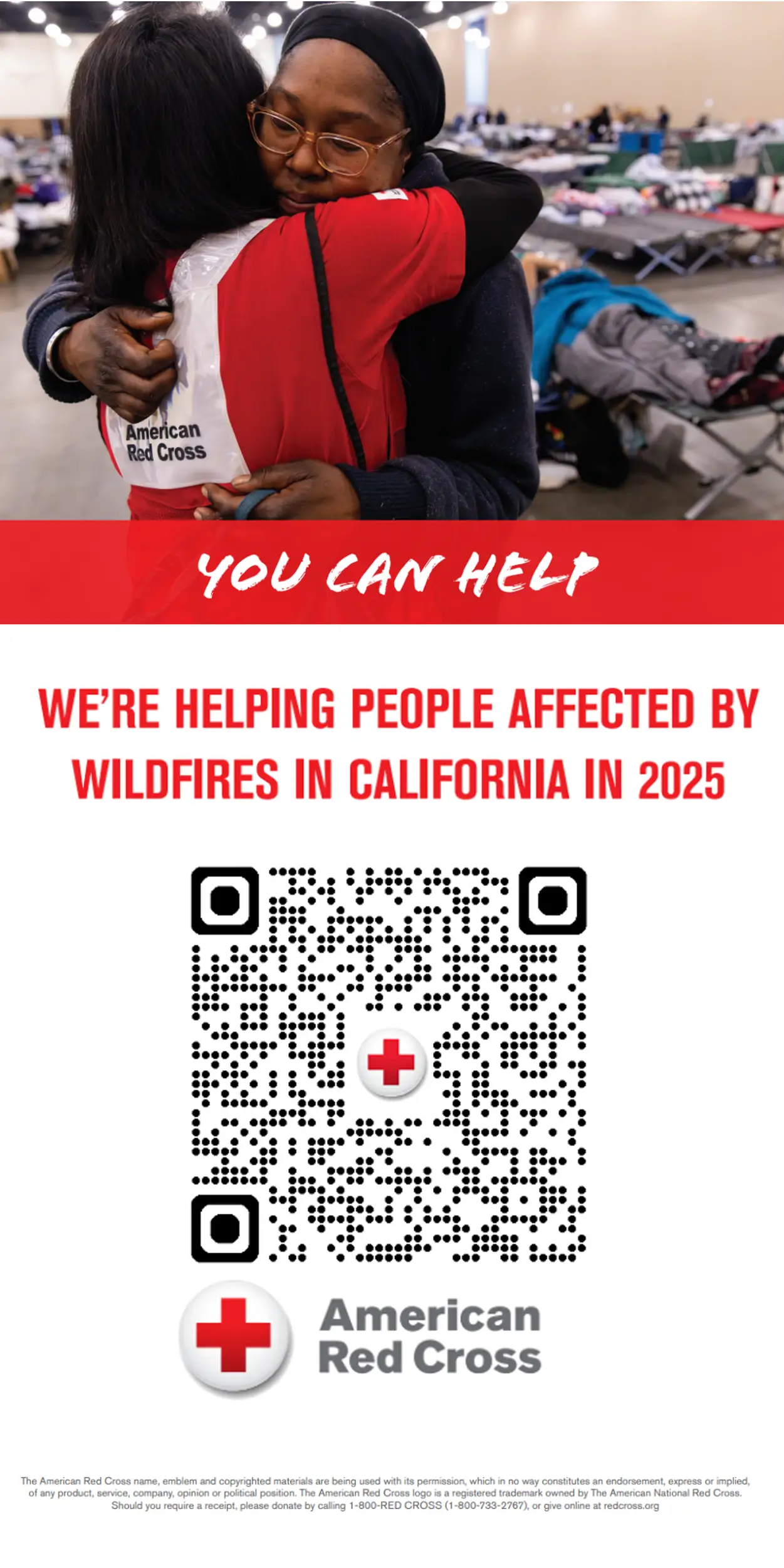Valentine’s Day, celebrated with fervor around the globe every February 14th, is a day dedicated to love, romance, and heartfelt gestures. But have you ever wondered how this tradition began? The origins of Valentine’s Day are shrouded in the mists of time, blending ancient Roman rituals with Christian martyrdom and medieval customs.
The Ancient Roots: Lupercalia Festival

One theory traces the roots of Valentine’s Day to the Roman festival of Lupercalia, celebrated in mid-February. Lupercalia was a raucous and wild fertility festival dedicated to Faunus, the Roman god of agriculture, and the mythical founders of Rome, Romulus and Remus. During this festival, priests would sacrifice goats and dogs, and then strip the hides from these animals and use them to whip women in the belief that it would enhance their fertility and ward off evil spirits.
The Christian Connection: Saint Valentine

Another popular belief is that Valentine’s Day is named after one or more early Christian martyrs named Saint Valentine. The most commonly cited of these is a Roman priest who lived in the 3rd century CE. Legend has it that Emperor Claudius II outlawed marriage for young men because he believed that single men made better soldiers. Saint Valentine defied this decree and continued to perform marriages in secret. Eventually, he was caught, imprisoned, and sentenced to death. Before his execution, he allegedly wrote a letter signed “From your Valentine” to the daughter of his jailer, with whom he had formed a bond.
The Evolution: Medieval Traditions and Romanticism
Over time, the pagan rituals of Lupercalia and the Christian martyrdom of Saint Valentine became intertwined, and the celebration evolved into a day associated with love and romance. In medieval Europe, it was believed that February 14th marked the beginning of birds’ mating season, adding to the romantic aura of the day.
By the 18th century, exchanging handwritten notes and tokens of affection on Valentine’s Day had become popular in England. These expressions of love were often adorned with lace, ribbons, and intricate designs, crafted with care and creativity.
Modern-Day Celebrations
Today, Valentine’s Day is celebrated in various forms around the world. From exchanging cards, flowers, and chocolates to romantic dinners and gestures of affection, people embrace the opportunity to express their love for partners, family members, and friends.
Commercialization has also played a significant role in shaping the modern-day observance of Valentine’s Day. The mass production of Valentine’s Day cards and merchandise began in the 19th century, making it easier for people to participate in the tradition.
Conclusion
While the precise origins of Valentine’s Day remain somewhat elusive, its essence as a celebration of love and affection endures through the ages. Whether rooted in ancient rituals, Christian martyrdom, or medieval customs, Valentine’s Day continues to be a cherished occasion for expressing heartfelt sentiments and celebrating the bonds of love that connect us all.






































Leave a Reply